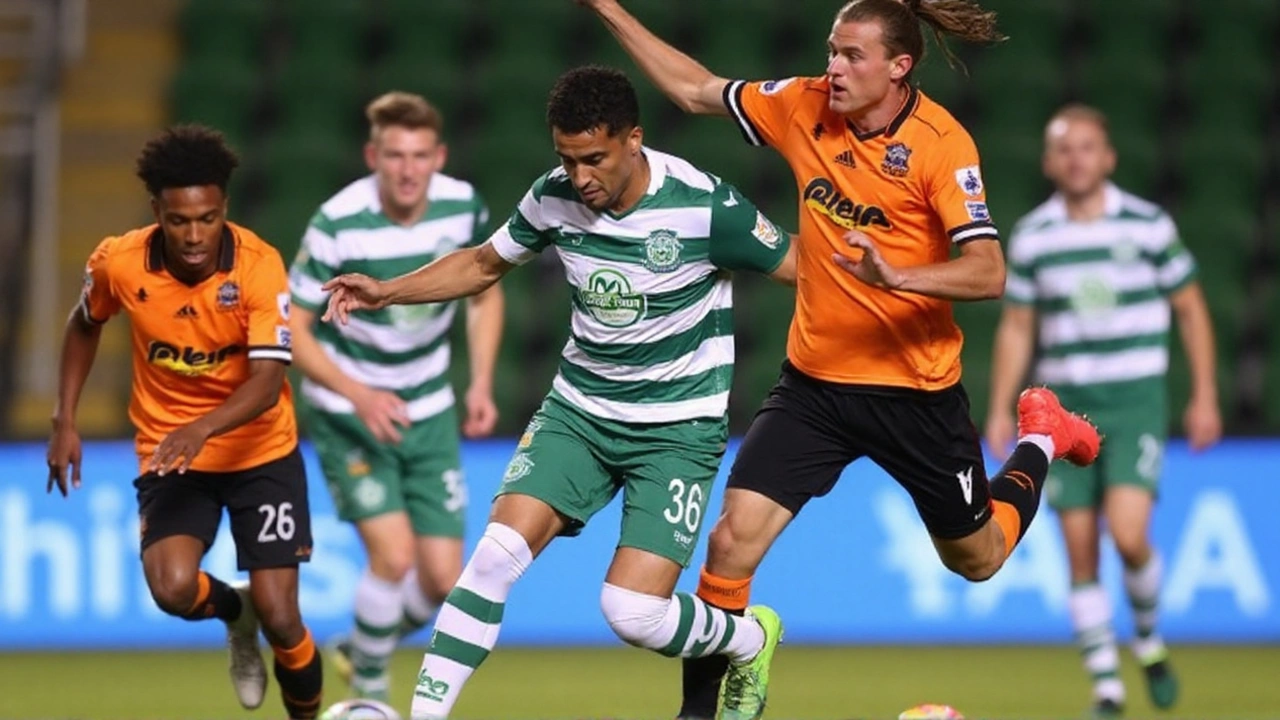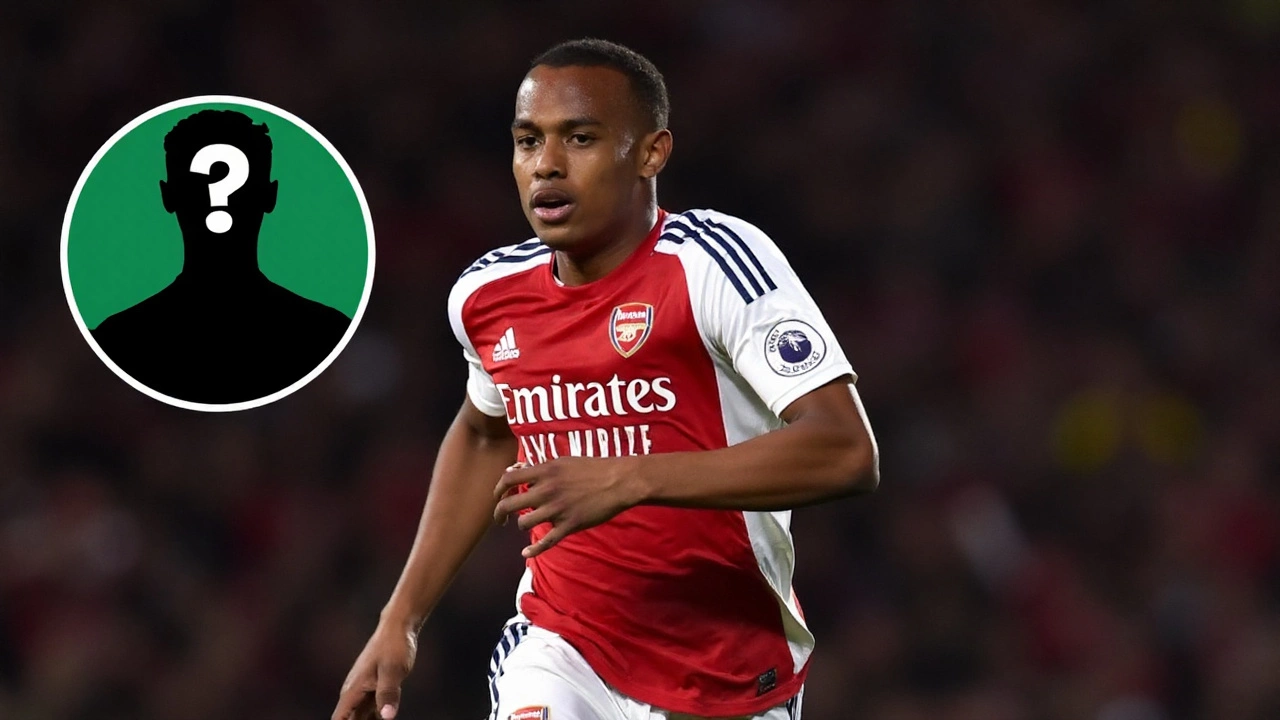The teenager who forced the door open
Arsenal have moved quickly to lock in one of their most exciting academy graduates, handing a new long-term contract to 18-year-old left-back Myles Lewis-Skelly that runs to 2030. It’s a reward for a breakout year and a signal to every young player watching: there’s a real route from Hale End to Mikel Arteta’s starting XI.
Lewis-Skelly’s rise accelerated in December, when he pushed his way into the first team and stayed there. By the end of the 2024–25 campaign he had 39 appearances across all competitions, the kind of workload that turns promise into proof. He even marked the moment with a first senior goal in a statement 5-1 win over Manchester City in February. His celebration — echoing Erling Haaland after the striker had publicly wondered who he was months earlier — turned a big win into a viral snapshot of a teenager playing without fear.
His momentum didn’t stop at club level. In March, Lewis-Skelly became the youngest player to score on his England debut, netting in a 2-0 victory over Albania. That jump from academy prospect to senior international, in a matter of months, is rare. It also explains why Arsenal didn’t wait around to extend him. His previous deal ran to 2026; the new agreement adds security for both sides and puts him on improved terms that reflect his status.
Speaking after signing, the defender kept his message simple. He called the moment a dream, spoke about living Hale End’s values, and kept returning to humility and hard work. He wants a legacy and he wants trophies — the blunt goals that cut through the noise. For Arsenal, that mindset is as important as any technical detail.
The football side of the story is straightforward. Arteta has leaned on full-backs who can do more than overlap. He asks them to invert, press, recycle possession, and sprint back 40 yards when the ball is lost. Lewis-Skelly showed he can cope with those demands at Premier League pace. He plays with a steady first touch, snaps into duels, and carries the ball in tight spaces. The club sees a modern, left-sided defender who can handle both the build-up and the scramble. That versatility is why he stayed in the team once he got there.
This deal also protects the asset. In a market where even teenage defenders can command eight-figure fees, long contracts safeguard value and give the club control over timing. If development goes as Arsenal believe it will, 2030 is less an end date than a foundation for the next step.

What the contract says about Arsenal’s plan
The extension is bigger than one player. It advertises a pathway that Arsenal have been trying to make unmistakable. For a young prospect and his family, that picture matters: trained at Hale End, promoted on merit, trusted in real matches. You can point to the minutes, the starts, the England cap. It’s not a brochure. It’s a timeline.
That story resonates because the competition for elite teenagers is fierce. London is packed with big clubs. Across Europe, the best academies all promise opportunity. What separates one pitch from another? A clear plan, honest communication about playing time, and proof that a teenager won’t be shoved aside the moment a veteran becomes available. Lewis-Skelly’s season checks those boxes for Arsenal.
There’s a regulatory angle too. Premier League and UEFA homegrown rules push clubs to develop their own or recruit young domestic players early. Every homegrown regular in the XI frees up flexibility elsewhere in the squad. Extending a homegrown starter to 2030 gives Arsenal stability on that front and reduces the need to buy depth for the sake of quotas.
Financially, the logic is simple. Long-term extensions smooth wage growth, create room for performance incentives, and give the club leverage if Europe’s giants come calling. When a young player becomes an England international within months of his debut, interest follows. A secure contract means conversations start on Arsenal’s terms.
On the pitch, the left side of defense is a high-stakes position in Arteta’s system. The full-back is asked to be a passer, a sprinter, and a firefighter — often in the same phase. Keeping a young player who already understands those demands reduces churn in a delicate area of the team. It also lets the coaching staff build combinations down that flank with consistency, which matters more than it sounds. Repetition builds chemistry; chemistry saves points.
For the academy, the message lands in two places. Inside Hale End, it rewards every coach who worked with Lewis-Skelly from foundation years to first-team handover. Outside Hale End, it strengthens Arsenal’s hand when they sit down with the next family weighing offers. The club can show not just debuts, but sustained involvement: 39 senior appearances in a single season is a number agents remember.
Scouting departments notice this stuff too. When a club promotes a teenager and sticks with him, scouts and analysts can map a credible development curve for future signings. The promise isn’t “you’ll play tomorrow.” It’s “if you earn it, we won’t block you.” That nuance matters. It’s the difference between a cameo in a domestic cup and a season of real responsibility.
There are risks, and Arsenal know them. Young players face second-season bumps, opponents adjust, and minutes can dry up if form dips. The club has tried to manage those cycles by controlling workloads, pairing youth with experienced partners, and spacing out the toughest assignments. A contract to 2030 suggests everyone involved expects form to be a journey, not a straight line.
The market read is clear: Arsenal’s credibility with youth is rising again. The Hale End-to-Emirates pipeline produced first-teamers in recent years, and Lewis-Skelly’s leap adds fresh proof. That changes recruitment conversations on two fronts — signing talented teenagers and persuading 18-to-21-year-olds from elsewhere that North London is a smart step. For a club that wants to compete for the biggest prizes without overspending in every window, that edge matters.
And then there’s the player at the heart of it. Lewis-Skelly talks about staying grounded and chasing silverware. The humility is real, but so is the ambition. Arsenal have bet that both can live in the same locker. If they’re right, they’ve secured a left-sided defender who can grow with the team through the middle of the decade — and, just as crucially, a flagship example for the next wonderkid deciding where to start the climb.

Arlen Fitzpatrick
My name is Arlen Fitzpatrick, and I am a sports enthusiast with a passion for soccer. I have spent years studying the intricacies of the game, both as a player and a coach. My expertise in sports has allowed me to analyze matches and predict outcomes with great accuracy. As a writer, I enjoy sharing my knowledge and love for soccer with others, providing insights and engaging stories about the beautiful game. My ultimate goal is to inspire and educate soccer fans, helping them to deepen their understanding and appreciation for the sport.
view all postsWrite a comment